Anisetty Innovations has been consistently providing in-depth customized IT Infrastructure Solutions to across all sectors of industry – government, healthcare, banking, telecom, insurance, retail and manufacturing. We power your business with IT Service management and consulting services to help it stay relevant, flexible, and competitive, while boosting performance and productivity with our unique IT infrastructure solutions. Our IT solutions follow an end-to-end approach, which enable us to deliver unified management of infrastructure and applications, getting your business ready for its transformational journey.
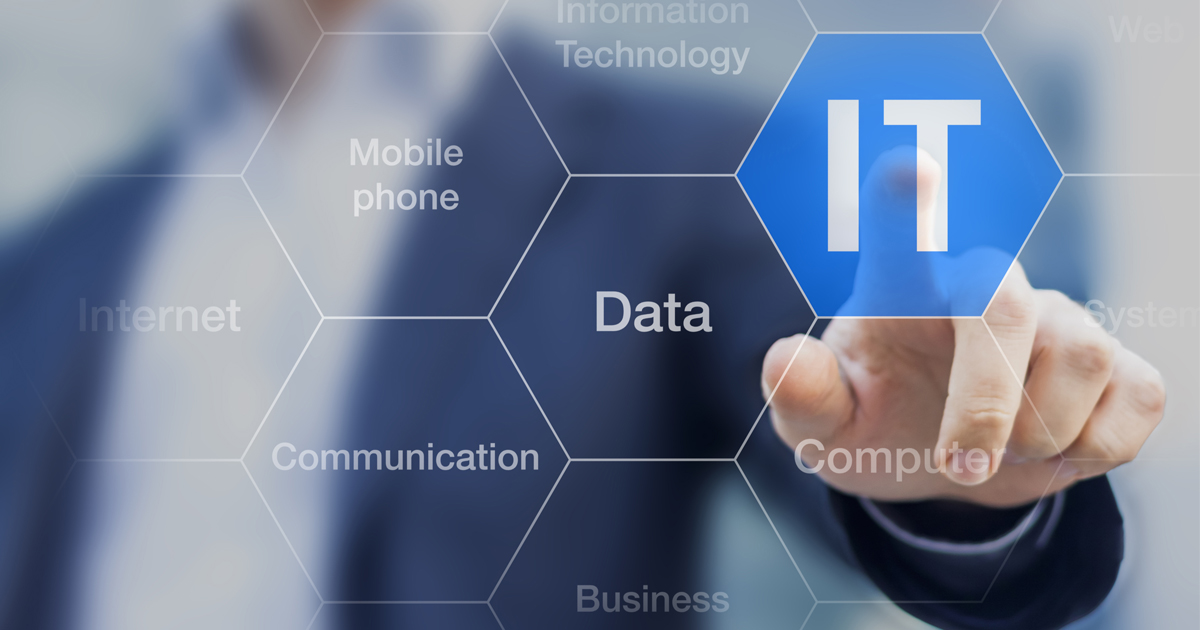
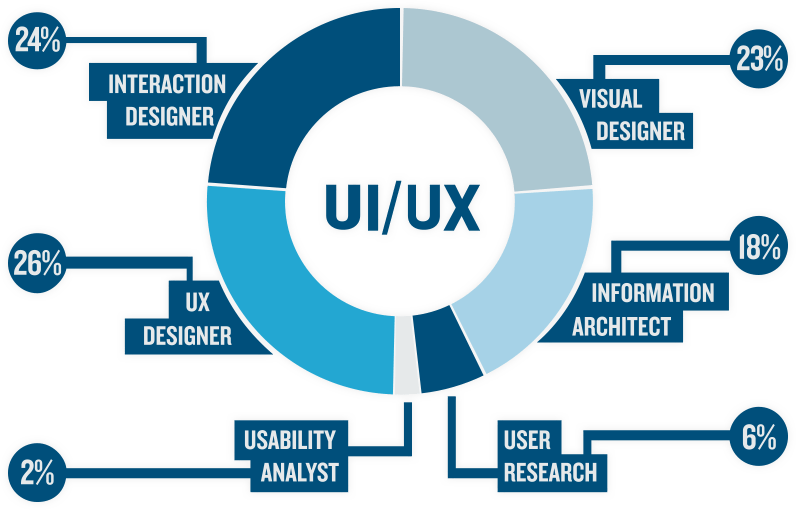
Technology alone cannot win the user acceptance, the user experiences about the end product is the vital concept for acceptance. Effective user Interface design requires a systematic approach from the initial stage of the product. For optimum performance usability testing is mandatory. Our user design experts keep track of the product right from the initial stage of the product which helps to design an ultimate product according to user needs and requirements. Our User Interface Design experts specialize in website design. They apply a systematic technique to design and evaluate websites for maximum effectiveness, easy navigation, and enhanced user experience. We specialize in wide variety of products from consumer products, website designs, e-commerce sites.
Adobe Photoshop , Adone Lightroom, Adobe Illustrator, Adone InDesign, Adone Muse, Adobe Dreamweaver , Adobe Flash Builder , Blender & Unity 3D.
Web application development is the process and practice of developing web applications. It is the creation and maintenance of software applications to be used on the World Wide Web. Web application development is more important in today's technology-driven world than ever before. Even many of today's simple web sites employ some form of a web application. Our senior development team has an abundance of experience delivering web applications to clients that provide solutions to key business requirements. While leveraging the latest technologies, we always keep client-specific goals as our top priority. We choose not to implement technology simply for technology's sake. Rather, we prefer to draw from our vast development experience and implement the most appropriate technology solution to deliver the best result for our client. We can develop sites and applications designed to integrate into existing systems or suggest new platforms and configurations to optimize performance and usability.
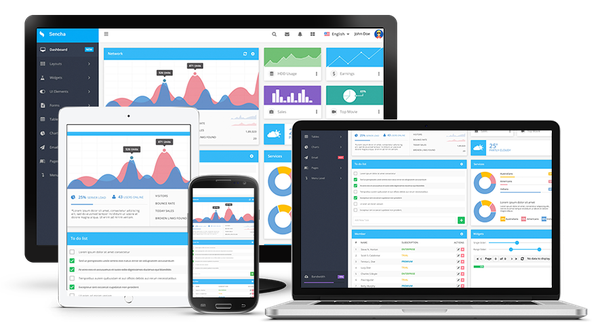
HTML5, CSS3, Java Script, Jquery, Angular JS, React JS, ASP.NET MVC, Spring MVC & CMS (Joomla/WordPress).
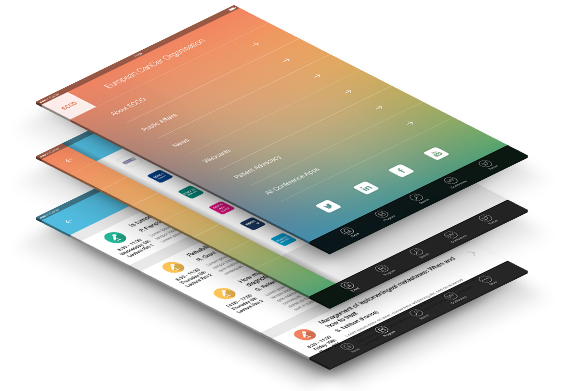
Having a mobile app is crucial for every business, irrespective of the field it activates in. The mobile Internet usage is continuously growing all over the world and it is a great opportunity for you to get in touch with clients while they are on the go. Moreover, a Mobile app can open new markets for you (even international ones). At the same time, you may target more demographics than you normally did, collect contact data in order to increase the number of customers and connect with them via their preferred means of communication. Digital communication and Smartphone users targeting should be a part of every successful marketing campaign today. Last, but not least, Mobile application development is a great way for you to generate repeat business, as it gives you the opportunity to get in touch with your clients wherever they are and at any time they deem convenient. This strategy will be even more effective if you think out of the box. For instance, instead of creating a Mobile app that simply displays your products and announces clients when new promotions are available, you can turn it into a fun game. People could use your Mobile app, play and win discounts in your shop.
Native iOS, Native Android, Native Tizen, Navtive BlackBerry, Native Windows Phone, Xamarin iOS, Xamarin Android, Xamarin Forms & Unity 3D.
We offer platform-specific and cross-platform desktop app development services to help you turn a solid software idea into a market sensation, as well as couple your manufactured devices and equipment with complementary software to gain customer loyalty and outdo competitors. We leverage the best-of-technologies to develop rich, user-friendly and effective Desktop Applications that work offline and run off the web browser. We help you spruce-up your business environment through rich, easy-to-use, easy-to-access, new-generation Rich Desktop Applications (RDAs) and Rich Internet Desktop Applications (RIDAs). Our desktop applications facilitate instant content synchronization, quick file system access and ready management of downloadable content even while working offline. Applying our industry expertise and technical experience, we develop Desktop Applications that tone-down the complexity of your business processes, improve your performance and accelerate your business productivity. By making complicated and tedious operations simpler, our Desktop Applications help you synchronize important processes and streamline your IT operations in a proper, growth-enhancing manner. Our “webified” desktop applications are on par with Rich Internet Applications and allow you to enjoy the multifarious features and facilities offered by RIAs.
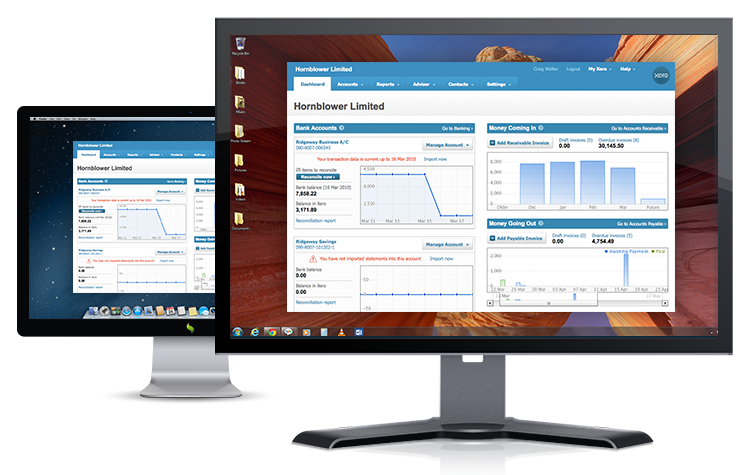
.NET Forms, .NET WPF, Java Swing, JavaFX, Qt & Unity 3D.
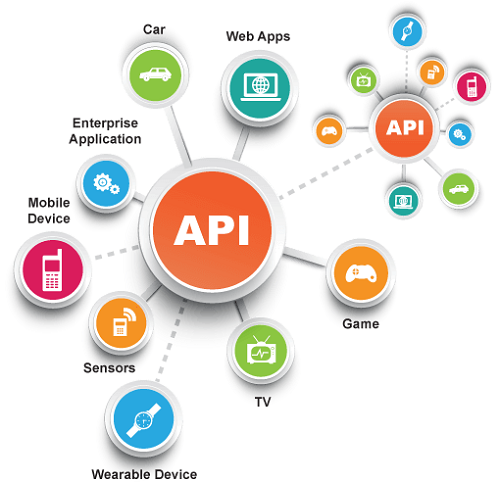
In computer programming, an application programming interface (API) is a set of subroutine definitions, protocols, and tools for building application software. In general terms, it is a set of clearly defined methods of communication between various software components. A good API makes it easier to develop a computer program by providing all the building blocks, which are then put together by the programmer. An API may be for a web-based system, operating system, database system, computer hardware or software library. An API specification can take many forms, but often includes specifications for routines, data structures, object classes, variables or remote calls. POSIX, Windows API and ASPI are examples of different forms of APIs. Documentation for the API is usually provided to facilitate usage.
Just as a graphical user interface makes it easier for people to use programs, application programming interfaces make it easier for developers to use certain technologies in building applications. By abstracting the underlying implementation and only exposing objects or actions the developer needs, an API simplifies programming. While a graphical interface for an email client might provide a user with a button that performs all the steps for fetching and highlighting new emails, an API for file input/output might give the developer a function that copies a file from one location to another without requiring that the developer understand the file system operations occurring behind the scenes.
.NET, Java , Scala, python, Go & C++.
Creative Services is Our in-house design agency. We support internal and external clients with creative concepts, visual design, great presentations, sales materials, company or client branding, digital marketing services, videography, 3D, motion graphics, and more.
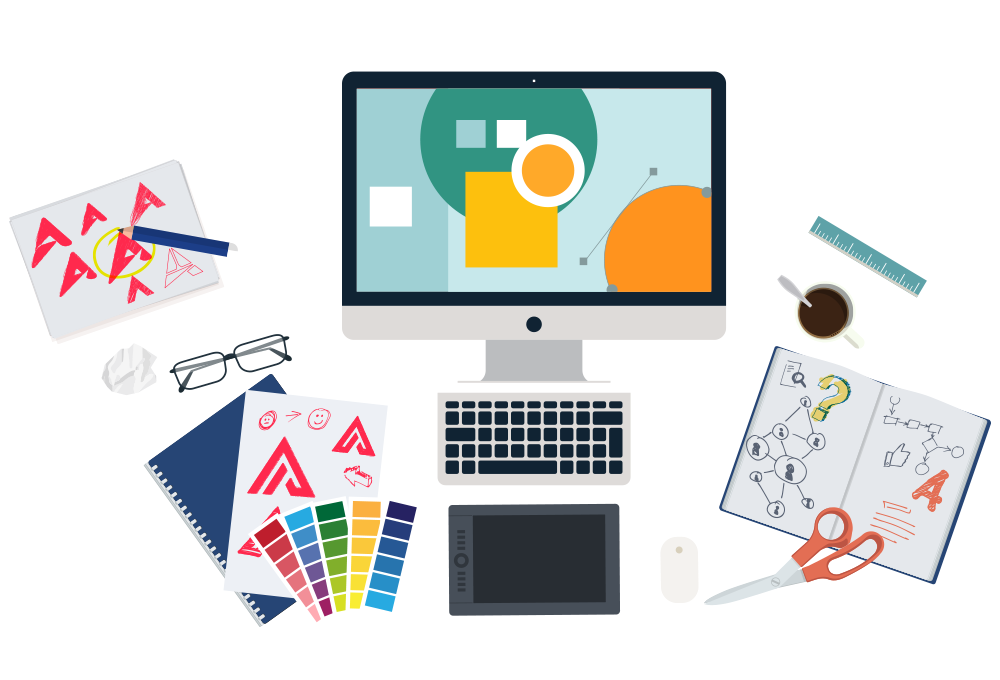
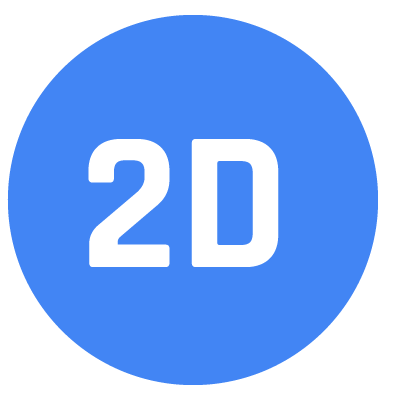
2D computer graphics is the computer-based generation of digital images—mostly from two-dimensional models (such as 2D geometric models, text, and digital images) and by techniques specific to them. The word may stand for the branch of computer science that comprises such techniques, or for the models themselves.
2D computer graphics are mainly used in applications that were originally developed upon traditional printing and drawing technologies, such as typography, cartography, technical drawing, advertising, etc. In those applications, the two-dimensional image is not just a representation of a real-world object, but an independent artifact with added semantic value; two-dimensional models are therefore preferred, because they give more direct control of the image than 3D computer graphics (whose approach is more akin to photography than to typography).
In many domains, such as desktop publishing, engineering, and business, a description of a document based on 2D computer graphics techniques can be much smaller than the corresponding digital image—often by a factor of 1/1000 or more. This representation is also more flexible since it can be rendered at different resolutions to suit different output devices. For these reasons, documents and illustrations are often stored or transmitted as 2D graphic files.
Adobe Photoshop , Adobe Lightroom, Adobe Illustrator, Adobe InDesign, Adobe Muse, Adobe Dreamweaver , Adobe Flash Builder.
3D computer graphics or three-dimensional computer graphics, (in contrast to 2D computer graphics) are graphics that use a three-dimensional representation of geometric data (often Cartesian) that is stored in the computer for the purposes of performing calculations and rendering 2D images. Such images may be stored for viewing later or displayed in real-time.
3D computer graphics rely on many of the same algorithms as 2D computer vector graphics in the wire-frame model and 2D computer raster graphics in the final rendered display. In computer graphics software, the distinction between 2D and 3D is occasionally blurred; 2D applications may use 3D techniques to achieve effects such as lighting, and 3D may use 2D rendering techniques.
3D computer graphics are often referred to as 3D models. Apart from the rendered graphic, the model is contained within the graphical data file. However, there are differences: a 3D model is the mathematical representation of any three-dimensional object. A model is not technically a graphic until it is displayed. A model can be displayed visually as a two-dimensional image through a process called 3D rendering or used in non-graphical computer simulations and calculations. With 3D printing, 3D models are similarly rendered into a 3D physical representation of the model, with limitations to how accurate the rendering can match the virtual model.
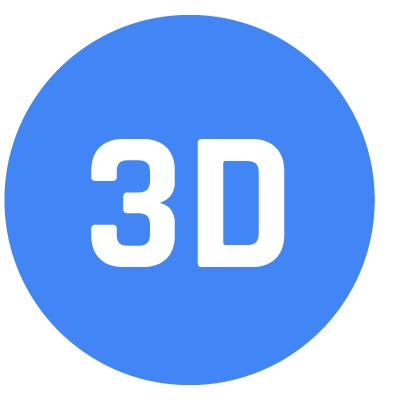
Sketchup, Blender, Autocad, Revit, 3D Max, Maya, ZBrush, Unity 3D.
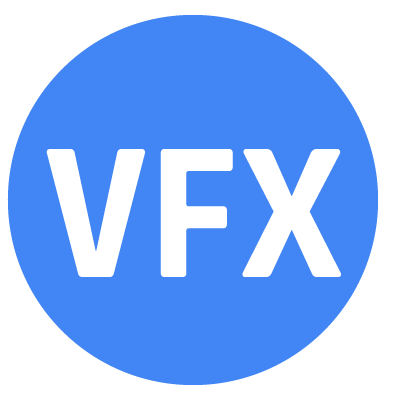
Visual Effects (abbreviated VFX) is the process by which imagery is created or manipulated outside the context of a live action shot in film making.
Visual effects involve in the integration of live-action footage (special effects) and generated imagery (digital effects) to create environments which look realistic, but would be dangerous, expensive, impractical, time consuming or impossible to capture on film. Visual effects using computer-generated imagery (CGI) have recently become accessible to the independent filmmaker with the introduction of affordable and easy-to-use animation and compositing software.
Visual effects are often integral to a movie's story and appeal. Although most visual effects work is completed during post-production, it usually must be carefully planned and choreographed in pre-production and production. Visual effects primarily executed in Post-Production with the use of multiple tools and technologies such as graphic design, modeling, animation and similar software, while special effects such as explosions and car chases are made on set. A visual effects supervisor is usually involved with the production from an early stage to work closely with production and the film's director design, guide and lead the teams required to achieve the desired effects.
Nuke, Fusion, Houdini Fx, Silhouette Fx, Motion Graphics, Adobe After Effects, Final Cut Pro, Adobe Premier Pro, Avid.
Virtual reality (VR) is a computer-generated scenario that simulates a realistic experience. The immersive environment can be similar to the real world in order to create a lifelike experience grounded in reality or sci-fi. Augmented reality systems may also be considered a form of VR that layers virtual information over a live camera feed into a headset, or through a smartphone or tablet device.
Current VR technology most commonly uses virtual reality headsets or multi-projected environments, sometimes in combination with physical environments or props, to generate realistic images, sounds and other sensations that simulate a user's physical presence in a virtual or imaginary environment. A person using virtual reality equipment is able to "look around" the artificial world, move around in it, and interact with virtual features or items. The effect is commonly created by VR headsets consisting of a head-mounted display with a small screen in front of the eyes, but can also be created through specially designed rooms with multiple large screens.
VR systems that include transmission of vibrations and other sensations to the user through a game controller or other devices are known as haptic systems. This tactile information is generally known as force feedback in medical, video gaming and military training applications.
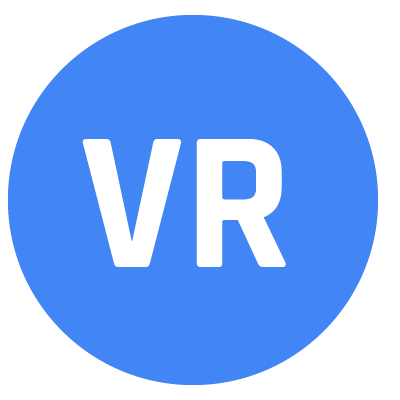
Google VR, Apertus VR, Sony PSVR, HTC Vive, Oculus Rift & Unity 3D.
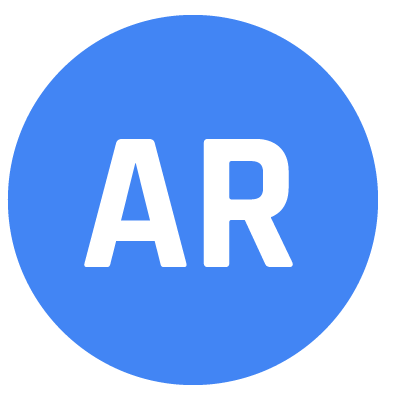
Augmented reality (AR) is a direct or indirect live view of a physical, real-world environment whose elements are "augmented" by computer-generated perceptual information, ideally across multiple sensory modalities, including visual, auditory, haptic, somatosensory, and olfactory. The overlaid sensory information can be constructive (i.e. additive to the natural environment) or destructive (i.e. masking of the natural environment) and is spatial registered with the physical world such that it is perceived as an immersive aspect of the real environment. In this way, Augmented reality alters one’s current perception of a real world environment, whereas virtual reality replaces the real world environment with a simulated one. Augmented Reality is related to two largely synonymous terms: mixed reality and computer-mediated reality.
Augmented reality is used to enhance the natural environments or situations and offer perceptually enriched experiences. With the help of advanced AR technologies (e.g. adding computer vision and object recognition) the information about the surrounding real world of the user becomes interactive and digitally manipulable. Information about the environment and its objects is overlaid on the real world. This information can be virtual or real, e.g. seeing other real sensed or measured information such as electromagnetic radio waves overlaid in exact alignment with where they actually are in space. Augmented reality also has a lot of potential in gathering and sharing tacit knowledge. Augmentation techniques are typically performed in real time and in semantic context with environmental elements. Immersive perceptual information is sometimes combined with supplemental information like scores over a live video feed of a sporting event. This combines the benefits of augmented reality technology and heads up display technology (HUD).
ARCore, ARKit, Vuforia AR SDK, Apertus VR & Unity 3D.